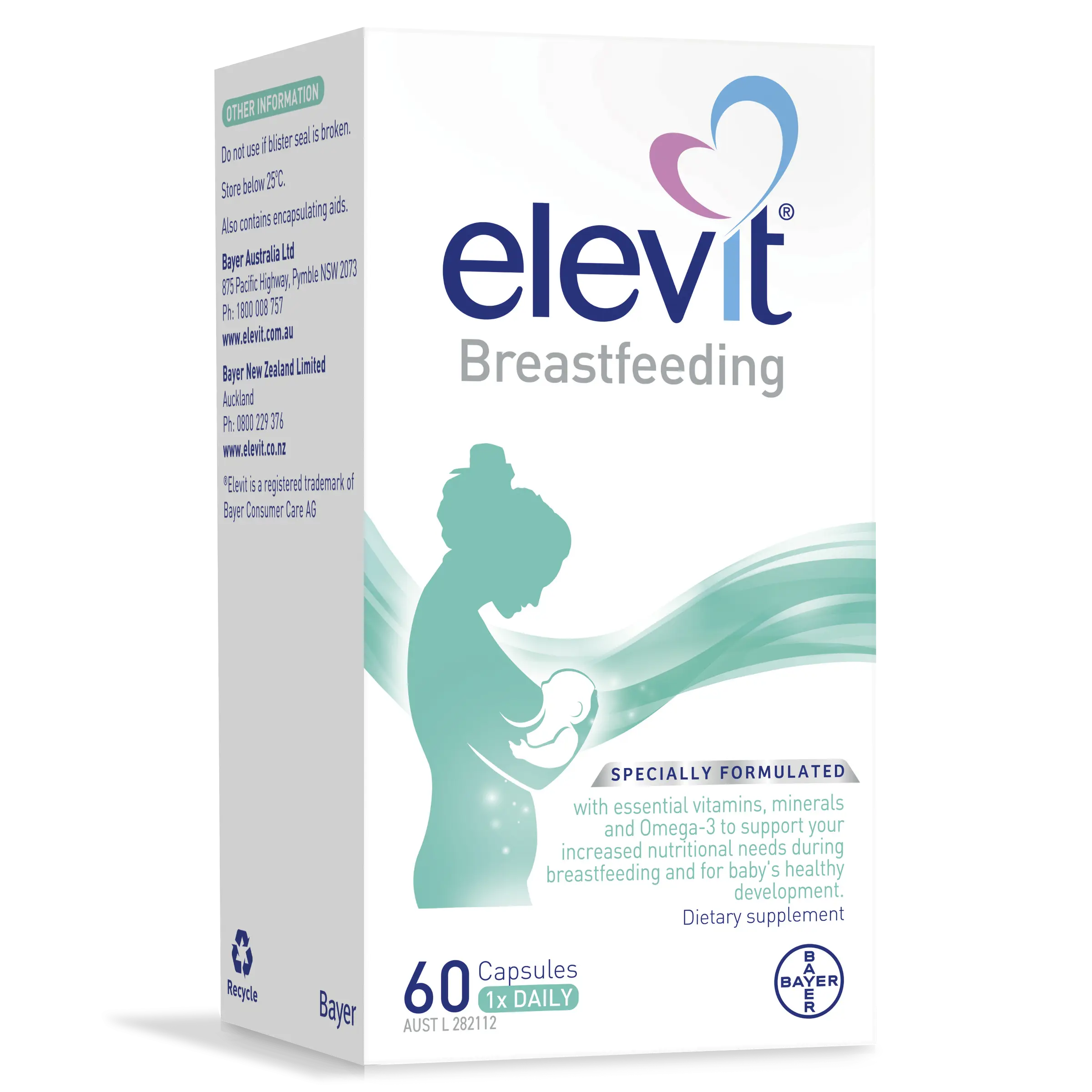Baby Breastfeeding
4 to 5 Months

On this page
Once your baby is 4 to 5 months old, you will have an established breastfeeding routine. As your relationship with your baby continues to develop you will learn your baby’s signs/cues for hunger.
How to approach breastfeeding at 4 to 5 months
You should offer both breasts at each feed, but the first breast needs to be well drained before your baby is offered the second breast. A change in breast fullness indicates that the side is drained.
Alternate the breast you start with at each feed (e.g. start with the right breast for one feed, then the left breast for the next feed). Your baby may not feed from the second breast at each feed.
As time goes on, you'll discover when your breastmilk is most plentiful. For many women, it's often in the early hours of the morning.
Often, in the evening, your supply is a bit less, so your baby may feed more frequently. Don’t forget self-care; make sure to have some snacks and plenty of water throughout the day as well as regular meals.
If your baby becomes sleepy at the breast, it may not mean the feed has finished. If you feel your baby needs to feed for longer, try gently waking them up. You could change their nappy, reposition them or give them time to burp.


Advertisement
Elevit Breastfeeding
Is my baby getting enough breastmilk?
It is common for mothers to stop breastfeeding if they think their baby is not getting enough milk. The majority of times this is not the case. Babies naturally milk feed more frequently if they need more milk due to a period of rapid growth, which increases your milk supply. Some medical conditions impact on breast tissue production, so it is good to check with your child and family health nurse, lactation consultant or GP if you think this is the reason for a low supply.
A healthy baby knows how much milk they need so let your baby dictate the breastfeeding frequency and length of time for each feed.
If your young baby has 6-8 wet nappies per day and 1 or 2 soft bowel movements, (a bit less in an older baby), is gaining weight, has good skin colour and is alert and not wanting to feed constantly, it is likely you have enough milk.
How can I increase my breastmilk supply?
The key to increasing your breastmilk supply is to increase the number of times you feed your baby. This drains your breasts of milk and helps you produce more. You could also express between feeds to help this process.
- Let your baby lead when to feed and how much they want.
- If your baby is only feeding for short periods, try to encourage them to stay longer at each breast or re-offer the first breast.
- Try not to offer your baby a dummy or soother to extend the periods between feeds. Instead feed them more frequently.
- Look after yourself with enough rest and good nutrition.
4 to 5 month old feeding schedule
-
1
After 5am: Early morning breastfeed.
-
2
Mid morning breastfeed.
-
3
Lunchtime breastfeed.
-
4
Mid afternoon breastfeed.
-
5
Evening breastfeed.
-
6
1-2 breastfeeds overnight.
What are good breastfeeding positions for 4 to 5 month old?
Whenever you breastfeed, you and your baby need to be in a comfortable place. If you're sitting, you need to have a chair with good back support and somewhere to rest your arm while supporting your baby’s head.
Your baby needs to be snuggled close in the crook of your arm, able to attach well to your breast. Importantly, they need to make good eye contact with you while they feed.
There are a variety of positions you could try breastfeeding in. Some of them are:
- Cradle hold: This is the most common position. The baby is level with your breast and their body is wrapped around your chest.
- Lying back or semi-reclined: In this position, you lean back and are supported in a reclined position with pillows behind you.
- Straddle hold: This position is when your baby needs to be in a more upright position to feed. They sit on your lap or have their legs either side of your leg.
- Football hold: This position is a common position for twin babies. The baby's head faces inward and their legs are tucked around towards your back. Pillows can help with positioning.
- Lying down: This position is easier when your baby is older. You both lie down facing each other. Your baby needs to stay close to maintain attachment.
Top tips for breastfeeding
-
1
Babies go through growth spurts during which they need to breastfeed more frequently. It doesn't mean you don't have enough milk or your milk isn't good enough. Generally, the more frequently you breastfeed your baby, the more milk you will make.
-
2
If you have concerns about breastfeeding it’s always best to take the advice of your local child and family health nurse, an early parenting organisation like Tresillian or your GP.
Breastfeeding FAQ's
The current guidelines recommend starting solids at around 6 months. It's also recommended that infants be exclusively breastfed until around 6 months of age when solid foods are introduced.
No. A baby will increase or decrease the flow of milk from your breast, depending on their appetite, and the breast will respond to their stimluation. You might notice this during a feed, where your baby will slow their speed and suction as the feed progresses.
It’s quite definitely possible for you to continue to fully or partially breastfeed your baby for many months after returning to work.
It does take some pre-planning, but it’s worth the effort. Make sure you discuss your desire to breastfeed with your employer so they can help support you.
Start by expressing extra breastmilk and freezing it. If you haven’t been expressing, it might take a little while to build up your milk supply. Hiring an electric breast pump may make the process easier.
You may need to express at work to keep your breasts comfortable. Keep the milk refrigerated and bring it home in an insulated cool bag.
Some mothers find regular expressing difficult to maintain. However, your baby can be offered an infant formula when you are at work, and still be breastfed at home.
Yes! All Tresillian staff are committed to supporting breastfeeding if this is your chosen method of feeding your baby. We provide breastfeeding encouragement, education and support if you're trying to overcome difficulties with breastfeeding.
However, if you decide to wean, this will be respected and supported. Regardless of the method you choose, we believe that infant feeding is an important and pleasurable shared experience for both you and your baby.


Advertisement
Elevit Breastfeeding
Elevit Breastfeeding contains essential vitamins, minerals and omega-3 to support your baby’s ongoing healthy development.
Visit Elevit





































